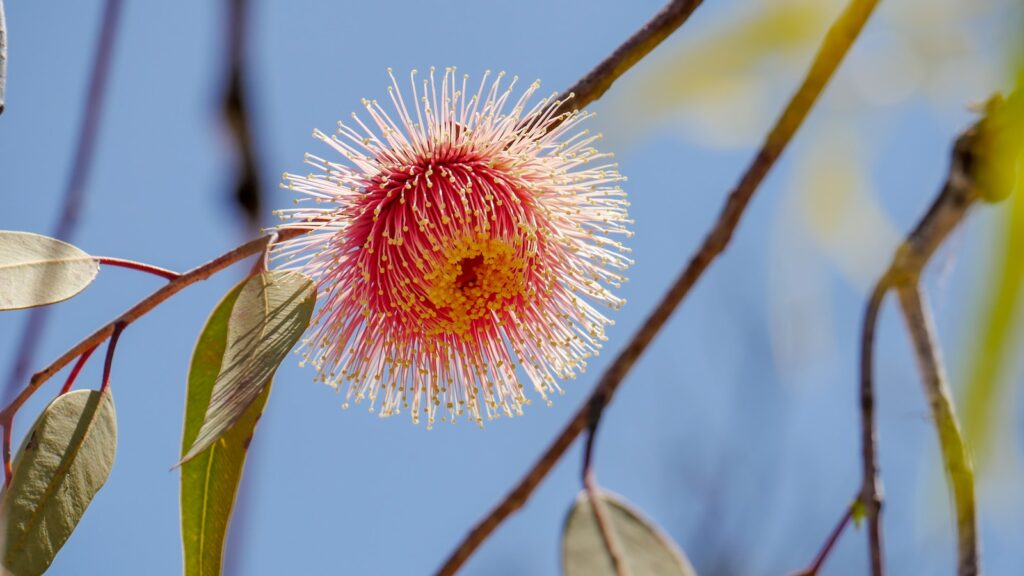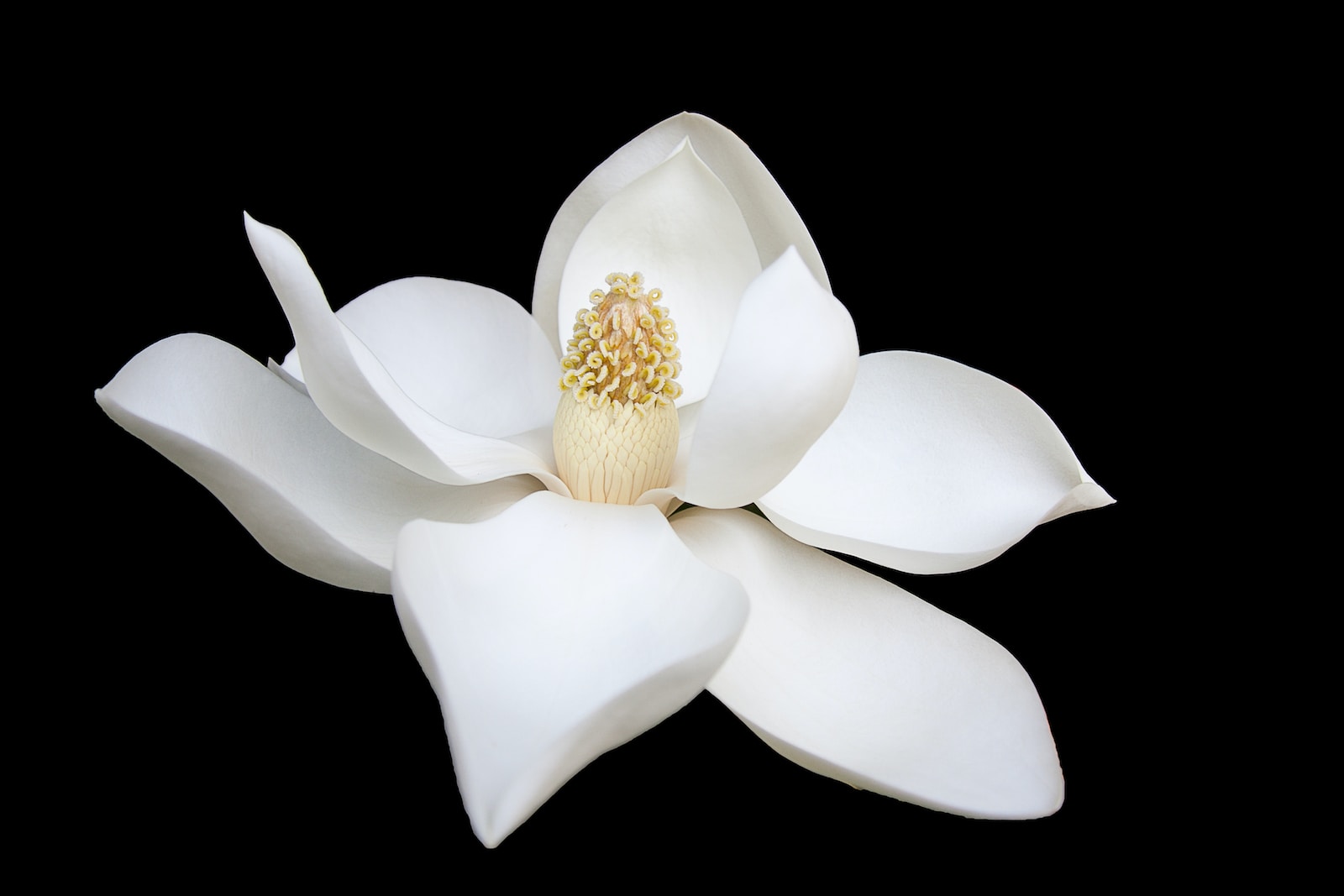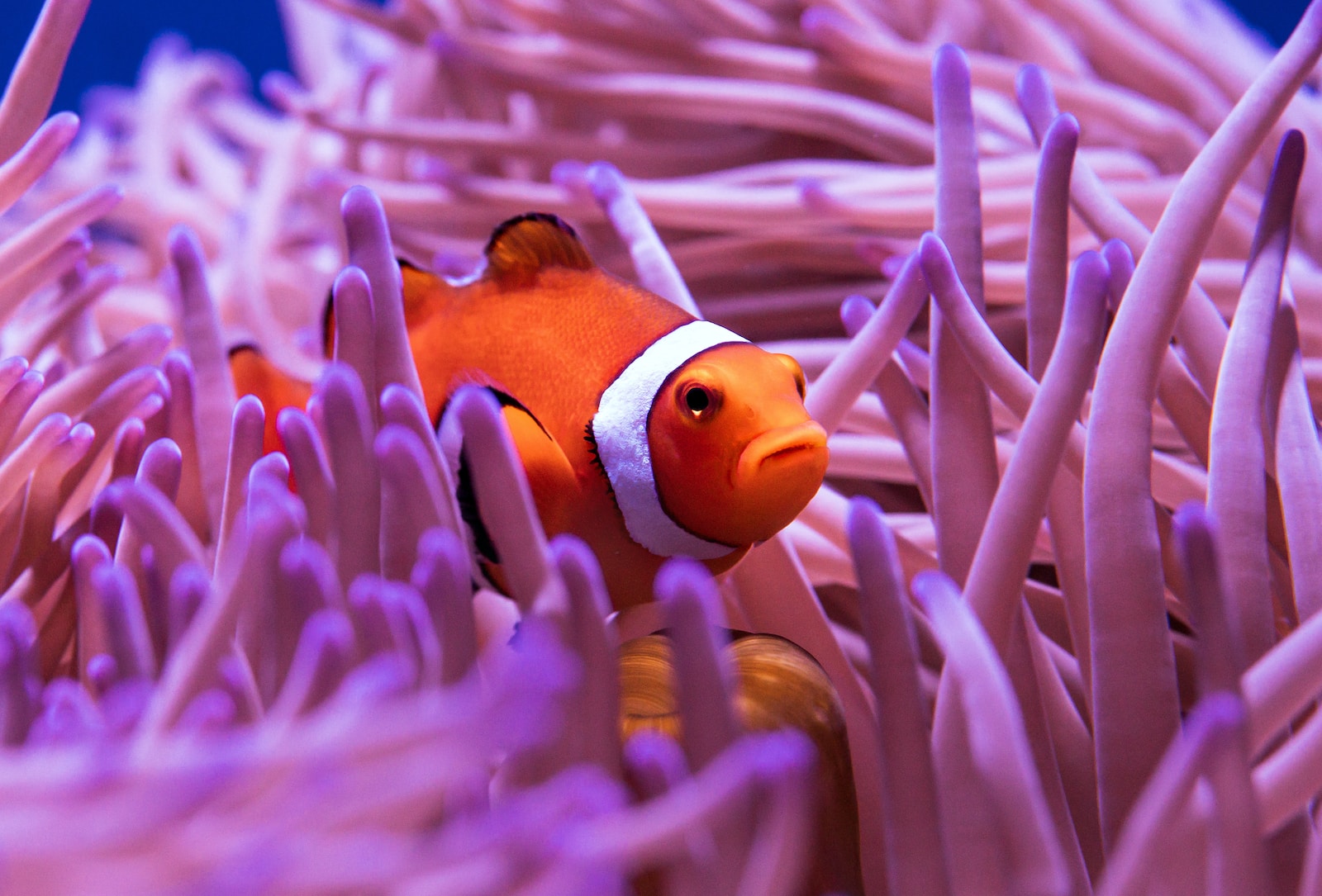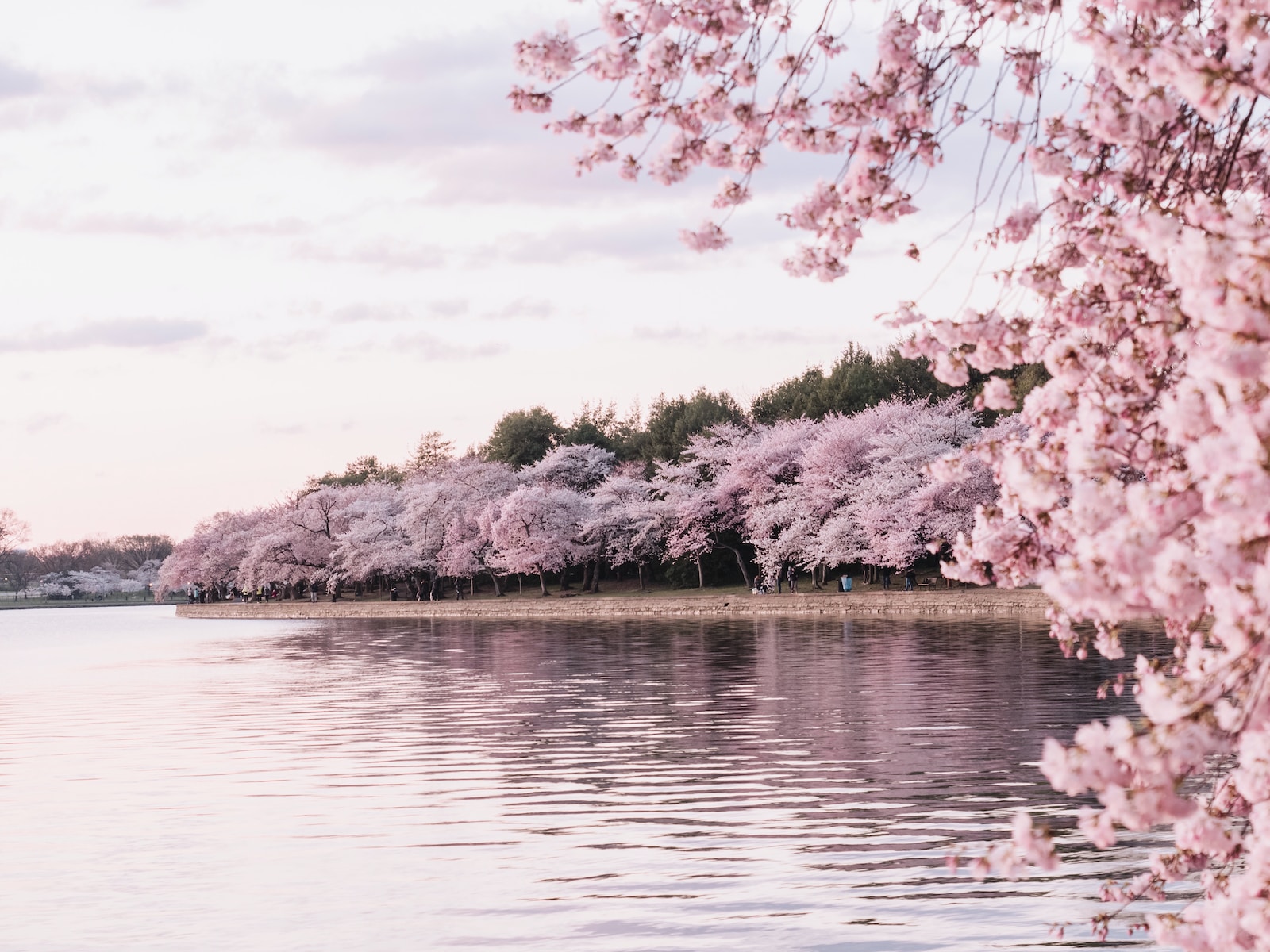Welcome to Bloom and Click: Mastering Flower Photography, where we explore the captivating realm of macro flower photography. Get ready to immerse yourself in the vibrant and intricate details of nature’s most exquisite creations. Whether you are a beginner or an experienced photographer, this blog is designed to inspire and provide insightful tips and tricks to help you elevate your flower photography game. Join us as we venture into a world filled with beauty, color, and creativity.
Table of Contents
- Capturing the Beauty of Flowers: A Macro Photography Guide
- The Art of Flower Photography
- Timing is Everything: The Best Time of Year for Flower Photography
- Frequently Asked Questions
- 1. What kind of camera is best for flower photography?
- 2. How can I achieve a blurred background in my flower photos?
- 3. What time of day is best for flower photography?
- 4. What are some composition tips for flower photography?
- 5. How can I make my flower photos stand out?
- 6. Should I shoot in RAW or JPEG format for flower photography?
- 7. How can I protect my flowers during macro photography?
- Wrap Up
Capturing the Beauty of Flowers: A Macro Photography Guide
Flowers are nature’s vibrant masterpieces, offering endless opportunities for stunning macro photography. By delving into the intricacies of capturing these colorful subjects, you can create captivating images that inspire and amaze. Let’s explore some interesting features of flowers that make them perfect for photography and learn valuable techniques to make your flower photos truly stand out.
The Alluring Details of Petals and Pollen
When it comes to flower photography, one cannot ignore the gorgeous details present in every petal and every speck of pollen. The intricate patterns, vibrant colors, and delicate textures make for captivating close-up shots. To capture these details, make sure to use a macro lens that allows you to get up close and personal with every petal. Adjust your aperture to achieve a shallow depth of field, which will help highlight specific details while creating a beautiful, dreamy background blur.
Get creative with your compositions by experimenting with various angles and perspectives. Focus on a single petal, allowing it to fill the frame, and emphasize its unique features. Alternatively, capture the entire flower and showcase the symmetrical arrangement of petals. Don’t be afraid to explore different lighting conditions, like backlighting or sidelighting, to enhance the texture and create depth in your images.
The Intrigue of Flowers in their Natural Habitat
While macro photography allows us to capture the intricate details of a flower, it’s equally important to showcase them in their natural habitat. Whether it’s a field of wildflowers, a serene garden, or even a single flower growing out of a crack in the sidewalk, capturing the context adds depth and tells a compelling story.
When photographing flowers in their environment, consider using a wide-angle lens to incorporate the surrounding elements. This will help create a sense of scale and highlight the relationship between the flower and its surroundings. Pay attention to the background, ensuring it complements the flower without distracting from its beauty. Experiment with different camera angles and perspectives to find unique vantage points that showcase the flower’s surroundings in a captivating way.
As with any photography genre, it’s crucial to practice patience and observe. Take the time to study the flower you’re photographing, understanding its shape, color variations, and how it interacts with light and wind. Be patient and wait for the perfect moment to capture a photo that truly encapsulates the essence and spirit of the flower.
Remember, mastering flower photography is an ongoing journey that requires experimentation, practice, and an eye for detail. With these techniques in your repertoire, you are well on your way to capturing the beauty of flowers like a true master. So, grab your camera, venture out into nature’s blooming landscapes, and let your creativity and passion blossom!
Did you know that the largest flower in the world, the Rafflesia arnoldii, can grow up to three feet in diameter? Its distinct odor, similar to rotting flesh, attracts insects as its main pollinators.
The Art of Flower Photography
Capturing the beauty of flowers through photography is an art form that requires skill, patience, and the right equipment. In this section, we will discuss the best cameras, lenses, and other essential equipment needed to master flower photography.
Camera Options for Flower Photography
When choosing a camera for flower photography, there are a few factors to consider. One of the most important is the camera’s ability to capture intricate details in the flowers’ petals and stamen. Here are two camera options that excel in this aspect:
- Option 1: A high-resolution DSLR camera with a full-frame sensor. This type of camera provides exceptional image quality and allows for greater control over depth of field, giving you the ability to create stunning macro shots.
- Option 2: A mirrorless camera with a high-resolution sensor. Mirrorless cameras are more compact and lighter than DSLRs, making them easier to handle when shooting in close proximity to flowers. They also offer advanced autofocus systems, ensuring sharp and precise focus on the smallest details.
Lens Selection for Flower Photography
The lens you choose plays a crucial role in flower photography, as it determines the perspective, depth of field, and level of magnification you can achieve. Here are two lens options that are ideal for capturing the beauty of flowers:
- Option 1: A macro lens (50mm or 100mm). Macro lenses are specifically designed for close-up photography and allow you to capture intricate details with stunning clarity. These lenses are suitable for capturing both wide-angle shots of a flower in its entirety and close-up shots of individual petals.
- Option 2: A telephoto lens (70-200mm or 100-400mm). Telephoto lenses are perfect for isolating flowers from the background and capturing them from a distance. They allow you to compress the perspective, creating a pleasing bokeh effect and emphasizing the subject.
Other Essential Equipment
In addition to a camera and lens, there are a few other tools that can enhance your flower photography:
- Tripod: A sturdy tripod is essential for keeping your camera steady and ensuring tack-sharp images, especially when shooting in low light or using longer focal lengths.
- Reflector: A reflector can be used to bounce natural light onto the flowers, enhancing their colors and adding a touch of brightness to your images.
- Remote Shutter Release: A remote shutter release or cable release allows you to trigger the camera without physically touching it, minimizing the chances of camera shake during long exposures or macro shots.
Remember, while having the right equipment is important, it’s your creativity and understanding of light, composition, and subject that will truly make your flower photographs stand out. So go out there, experiment, and capture the vibrant world of flowers through your lens!

Timing is Everything: The Best Time of Year for Flower Photography
When it comes to capturing the beauty of flowers through photography, timing is everything. The best time of year for flower photography will vary depending on the location, but generally, spring and summer are the seasons when flowers are in full bloom. During these months, you can find an abundance of colorful blooms in gardens, parks, and even in the wild.
Capturing flowers during their peak blooming season means you will have a greater variety of flowers to choose from. As a photographer, this offers an opportunity to experiment with different types of flowers, colors, and textures, resulting in a more diverse portfolio. Additionally, shooting during the blooming season ensures that the flowers are at their freshest and most vibrant state.
Exploring Vantage Points and Positions: Enhancing Your Flower Photography
When photographing flowers, it’s important to consider the vantage point and position to get the best possible shots. Here are a few options to consider:
- Eye-level perspective: Getting down to the level of the flowers can create a more intimate and engaging shot. It allows you to capture the details and intricate patterns of the petals up close. Position yourself so that the flowers are at eye level, and experiment with different angles to find the most captivating composition.
- Overhead view: Taking shots from above can provide a unique perspective. This works particularly well with large flower beds or fields of wildflowers. Climb a ladder or find an elevated position to capture a bird’s-eye view of the flowers. This vantage point can showcase the patterns and symmetry of the flowers, creating a visually striking image.
- Backlit beauty: Photographing flowers with backlighting can enhance their delicate and translucent qualities. Position yourself so that the sunlight is coming from behind the flowers. This technique can create a soft glow around the petals, highlighting their intricate details and adding a touch of magic to your photographs.
- Macro magic: Using a macro lens or macro feature on your camera allows you to capture extreme close-ups of flowers. This enables you to showcase the intricate details, textures, and even the tiny insects that may be hidden within the blooms. Experiment with different focusing distances to achieve the desired level of detail and create visually stunning macro shots.
Remember, the choice of vantage point and position will depend on the specific flower and the effect you want to achieve. Be open to exploring different options and experimenting with various angles and perspectives to bring out the true beauty of the flowers you are photographing.
By considering the best time of year for flower photography and exploring different vantage points and positions, you can enhance your skills as a flower photographer and capture stunning images that will inspire others. So grab your camera, prepare to be amazed by the colorful world of flowers, and click your way to mastering flower photography.
One helpful tip for capturing stunning flower photography is to use a macro lens. Macro lenses allow you to get up close and personal with your subject, capturing intricate details and creating a beautiful bokeh effect. Experiment with different angles and focal lengths to truly make your flower images pop. Don't forget to adjust your aperture to achieve the desired depth of field!
Frequently Asked Questions
1. What kind of camera is best for flower photography?
When it comes to capturing stunning flower photos, it’s recommended to use a DSLR camera equipped with a macro lens. This combination allows you to get up close and capture intricate details with remarkable clarity.
2. How can I achieve a blurred background in my flower photos?
To achieve a beautifully blurred background, also known as bokeh, you can use a wide aperture setting (small f-number) on your camera. This will create a shallow depth of field, keeping the focus on the flower while the background becomes pleasantly out of focus.
3. What time of day is best for flower photography?
The best time for flower photography is typically during the golden hours, which are the first hour after sunrise and the last hour before sunset. The soft and warm light during these times of day adds a magical touch to your floral subjects.
4. What are some composition tips for flower photography?
When it comes to composition, consider using the rule of thirds by placing your flower off-center. Experiment with different angles and perspectives, such as getting down to the flower’s level or capturing it from above. Don’t be afraid to get creative!
5. How can I make my flower photos stand out?
To make your flower photos stand out, try to find unique and interesting flowers. Look for vibrant colors, intricate patterns, or uncommon species. Experiment with different lighting techniques and use natural elements, such as dewdrops or insects, to add an extra level of intrigue to your images.
6. Should I shoot in RAW or JPEG format for flower photography?
Shooting in RAW format allows for greater flexibility and control during post-processing. This is especially beneficial when it comes to adjusting the exposure, white balance, and colors of your flower photos. However, shooting in RAW requires more storage space and some additional time for editing.
7. How can I protect my flowers during macro photography?
When photographing flowers up close, be mindful not to cause any damage. Avoid touching or disturbing the flowers unnecessarily. If necessary, use a small reflector or diffuser to shield the delicate petals from direct sunlight or harsh shadows. Always respect the flowers and the environment they are in.
Wrap Up
As we reach the end of our journey through the captivating realm of flower photography, I hope you have been inspired to pick up your camera and explore the magic that blooms around us. Remember to keep these tips in mind as you venture into the world of macro photography, capturing the intricate details and vibrant colors of flowers.
Whether you are a seasoned photographer or just starting out, I encourage you to share your own experiences, tips, and stunning flower photographs with our community. Let’s continue to learn and grow together in this beautiful art form.
So go ahead, immerse yourself in the wonders of nature and let your creativity blossom. Don’t forget to share your thoughts and leave a comment below!


